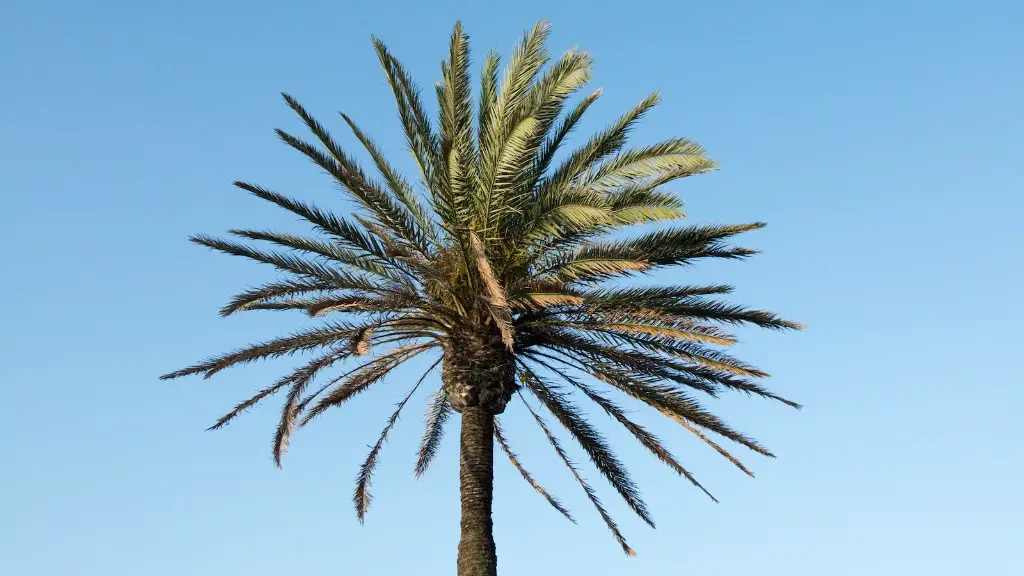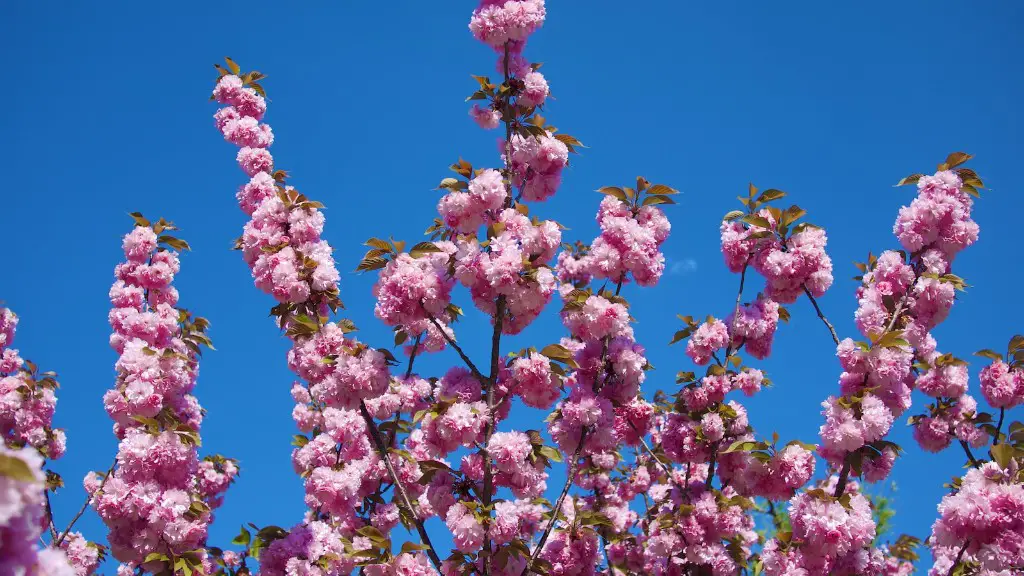Living rooms often feature an indoor palm tree as a symbol of a home’s dedication to relaxation and warmth. But as any indoor palm tree keeper knows, they can become troubled – and sometimes, even deathly ill. To revive a dying palm tree, indoor gardeners of any skill level should take certain steps to restore it to health and vibrancy.
To begin, it’s important to assess the state of the tree. If it lacks moisture, then add a bit of water, and since many palm trees don’t need gallons of water, it’s best to use a combination of slow-draining potting soil and a thorough but not excessive amount of water. In a matter of days, the tree should appear healthier. If it needs more than this, it may also help to repot the tree in a larger pot with new soil or even a new variety of soil. If this is the case, be sure to inspect it for any diseases or pests before doing so.
In addition to soil and water, the location of the tree is also important. If it was once located somewhere with too much direct sunlight, then a move to a location with more indirect light is in order. Move the tree slowly, letting it adjust to the new lighting slowly by giving it a few days to adjust in its new spot each time it is moved. It’s also important to be mindful of cold and hot spots in the home, so keep it away from windows and heaters – but make sure to put it somewhere with plenty of ventilation. If a spot *can’t* be found with enough natural light, then a supplemental grow light is the best solution.
Fertilizer is another crucial element of a palm tree’s health. Palm trees need fertilizer in order to thrive and should be fed regularly. Regular feeding with a balanced-content liquid palm fertilizer will do wonders for the tree. As for timing, twice a year is usually enough – but no more than once a month – to maintain the tree’s health and vibrancy.
Finally, although there are many potential causes for a palm tree’s wilt or discoloration, it could be instead a sign of a pest and bug infestation. A wide range of insects and pests can damage the tree and cut off the oxygen and nutrients that it needs. In this case, it’s extremely necessary to take preventive measures to protect the tree, such as using Neem oil sprays, sticky traps, and even a vacuum cleaner to remove any visible bug populations. Taking some precautionary steps can ensure that a dying palm tree recovers quickly and effectively.
Humidity
Indoors, humidity levels are often low and this can be very detrimental to palm trees as they require high levels of moisture. To increase the amount of humidity in the environment, use a humidifier and maintain a level of around 70% humidity. Place the tree on a tray of wet pebbles to help keep the moisture, or mist the tree daily with a water sprayer. Alternatively, group plants together to create a humid micro-climate and maintain healthy levels of humidity.
Temperature
Palm trees are very sensitive to temperature changes as they prefer a consistent, warm temperature. During winter, maintain an indoor temperature under 70°F (21°C) to keep the palm tree from suffering from shock or stress. Too much cold will cause the tree to go into dormancy, leading to slowed growth in the following spring.
Nutritional Needs
Naturally, a palm tree needs the right mix of nutrients and minerals to be healthy. During spring and summer, feed the tree with a slow-release fertilizer at least twice a month in order to provide the tree much-needed nutrients. Apply according to the manufacturer’s instructions and avoid over-application which can cause toxicity and result in stunted growth.
Pruning and Trimming
Palm trees are usually very low maintenance, however, pruning or trimming is sometimes necessary. To revive a dying palm tree, remove lower or yellowing leaves to promote better airflow and to prevent disease or pest infestations. Cut away yellow leaves and discard them in order to make room for new growth. It is also important to check the roots and look for signs of rot or fungus, and remove the affected parts if necessary.


